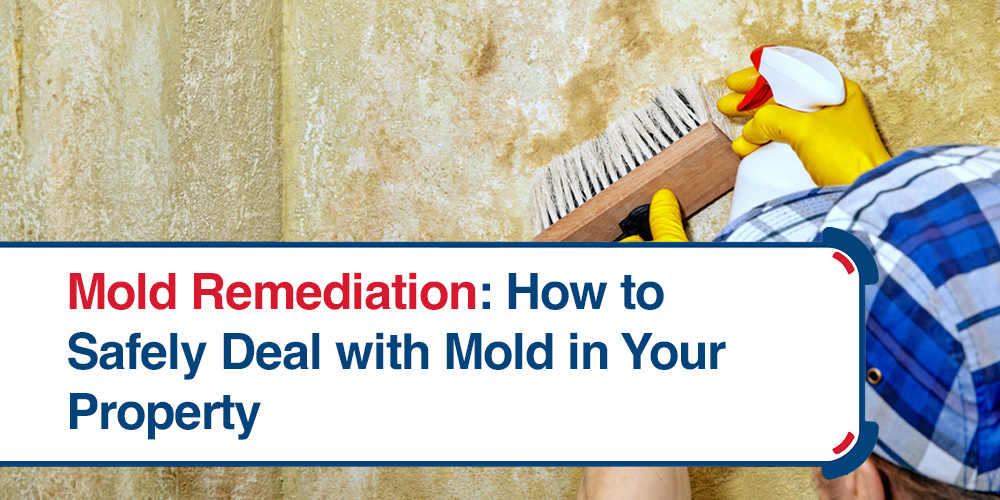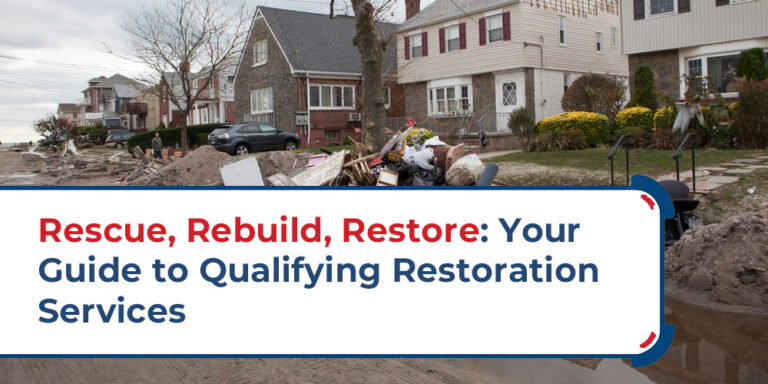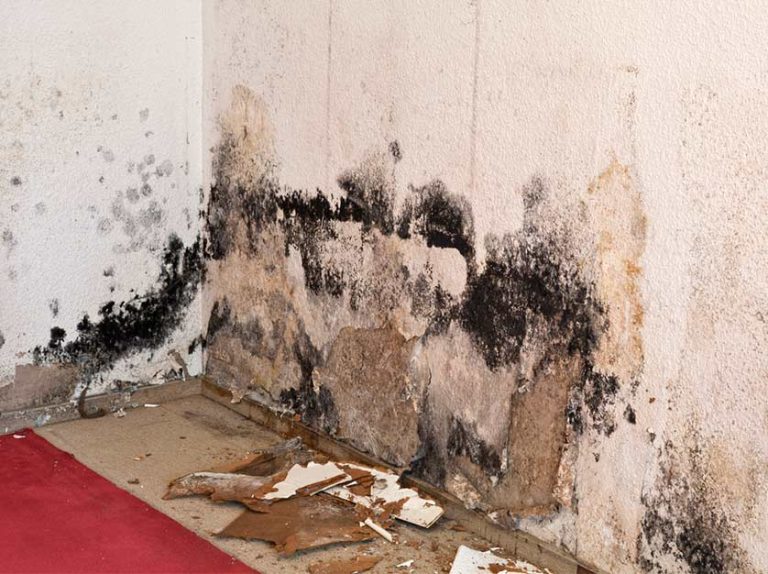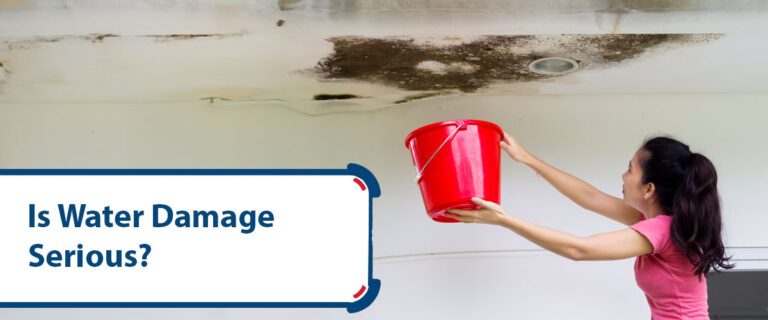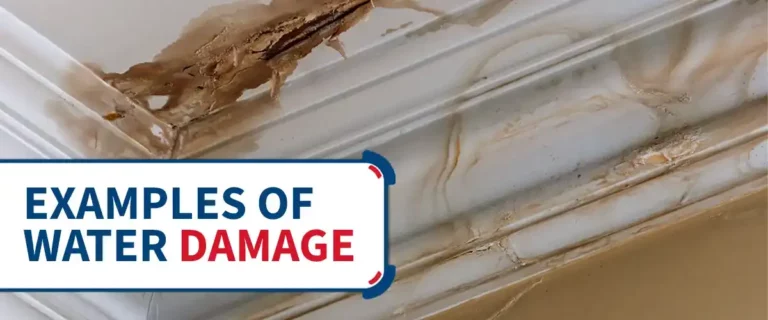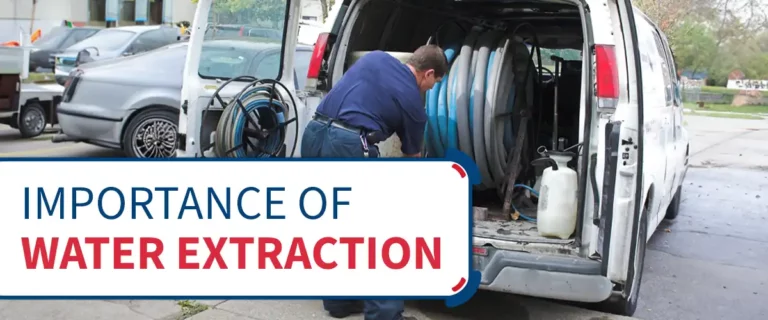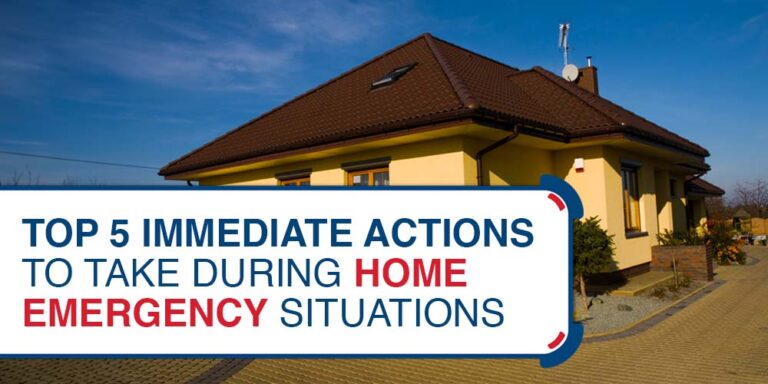Mold, a common occurrence in properties, often thrives in environments with water damage or high humidity. Addressing mold issues promptly is crucial not only for the health and safety of occupants but also for maintaining the integrity of the property.
In this article, we delve into the understanding of mold, identifying its presence, safe removal practices, the benefits of professional remediation services, and prevention methods, emphasizing safe mold removal practices.
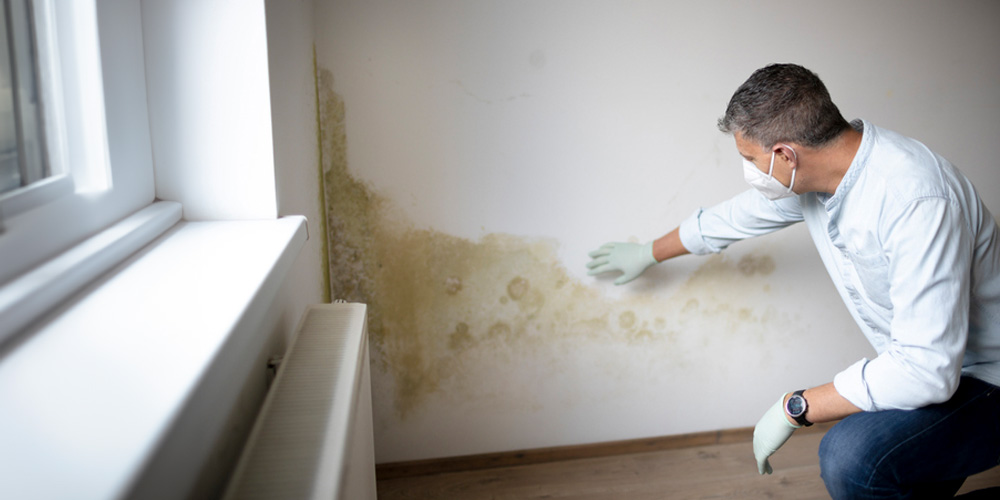
Understanding Mold
Thriving in damp areas, mold can grow in organic materials like wood, paper, and fabric. This growth occurs commonly in areas affected by water leaks, floods, or high humidity levels, leading to structural damage and health concerns. Mold exposure poses significant health risks, particularly for people with allergies, asthma, or weakened immune systems. Symptoms include nasal congestion, coughing, wheezing, and skin irritation.
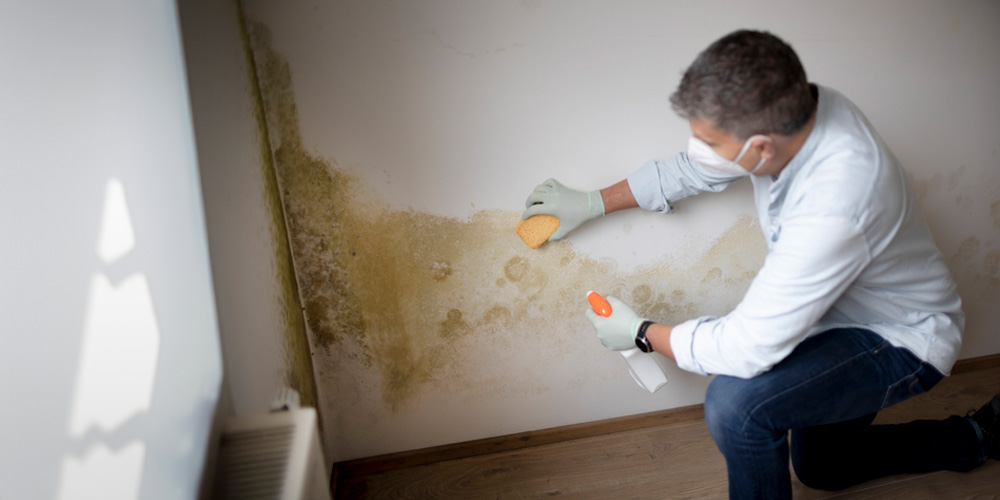
Identifying Mold in Your Property
Recognizing mold in your home or business involves recognizing visible signs. Such as
- discoloration on walls,
- ceilings, or other surfaces,
- as well as detecting musty odors.
However, professional mold inspections are essential because mold can also hide within walls, under carpets, or in other hidden areas.
- These inspections utilize specialized equipment and techniques to uncover hidden mold.
- It also accurately assesses the extent of the infestation, providing crucial information for practical remediation efforts.
Therefore, while visible signs and musty odors can indicate mold presence, engaging professional services ensures a thorough assessment, helping to address the issue comprehensively and prevent further spread.
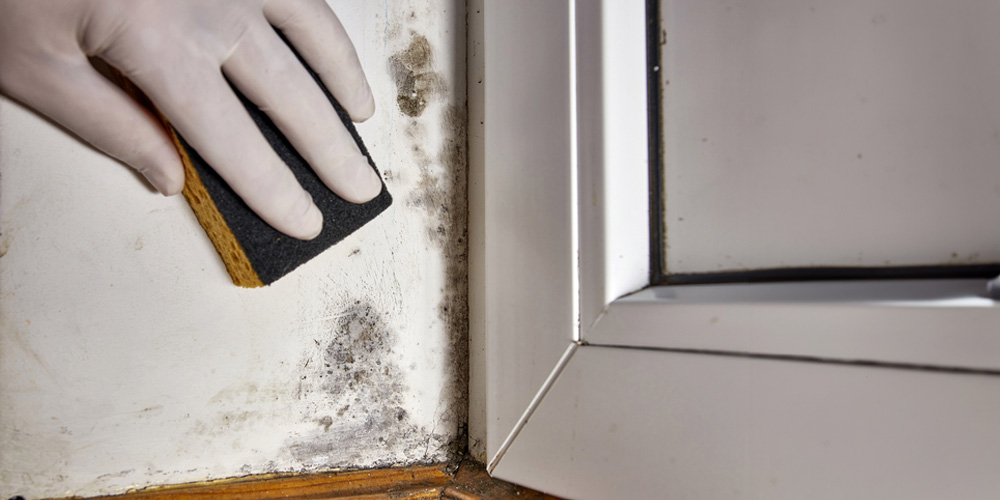
Safe Mold Removal Practices
Safe mold removal practices are essential to minimize health risks and prevent further contamination. Here are some essential practices to follow:
- Emphasizing the necessity for personal protective equipment (PPE) such as gloves, masks, and goggles to minimize exposure to mold spores.
- Ensure proper ventilation during the removal process. This will stop mold spores from spreading to unaffected areas and maintain air quality.
The remediation process includes:
The remediation process for mold involves several key steps to remove mold from a property and prevent its recurrence effectively. Here’s an overview of the typical remediation process:
- Keeping the impacted area contained to avoid cross-contamination.
- Implementation of air filtration systems to capture airborne mold spores.
- Carefully remove and clean affected materials using appropriate cleaning agents and techniques.
- Disposal of contaminated materials under local regulations to prevent the further spread of mold.
By adhering to these safe mold removal practices, individuals can effectively mitigate mold growth while minimizing health risks and ensuring the safety of occupants and remediation workers.
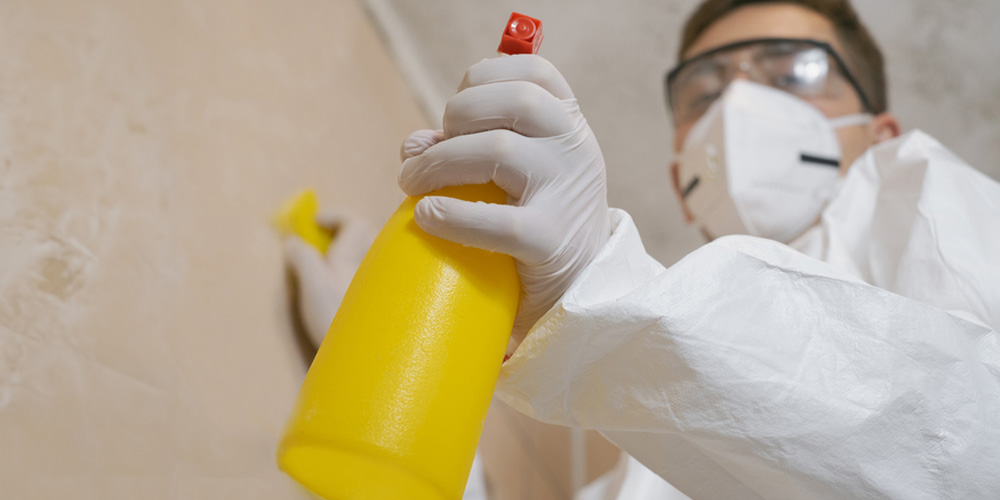
Professional Mold Remediation Services
Professional mold remediation services provide several benefits compared to DIY removal:
- Expertise: Professionals have the knowledge and experience to assess and accurately address mold infestations of varying complexity accurately.
- Safety: Trained technicians prioritize safety by using proper protective equipment and following industry-standard protocols to minimize exposure to mold spores.
- Thorough Removal: Professional services ensure comprehensive mold removal, including hidden growth that may not be apparent to untrained individuals.
- Preventive Measures: Professionals take proactive steps to prevent future mold growth by implementing moisture control solutions and addressing underlying issues such as leaks or poor ventilation.
- Efficiency: By streamlining the remediation process, professional services complete the job promptly while minimizing disruption to occupants and property.
Overall, entrusting mold remediation to professionals ensures effective and efficient treatment, reducing health risks and safeguarding the property against future mold problems.
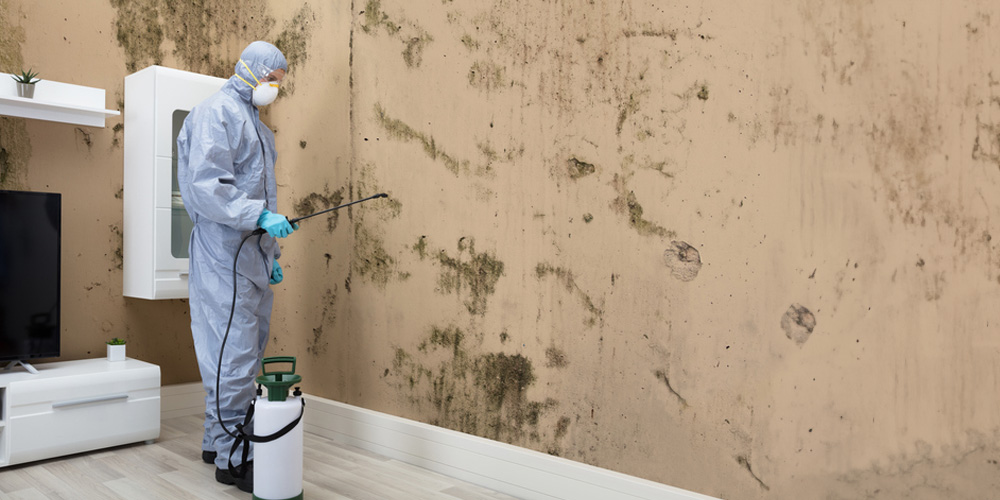
Choosing the Right Mold Remediation Service
Certification, experience, and customer reviews should be considered when selecting a mold remediation provider. Local expertise, particularly in safe mold removal practices in Kansas City, is vital for effective and timely remediation.
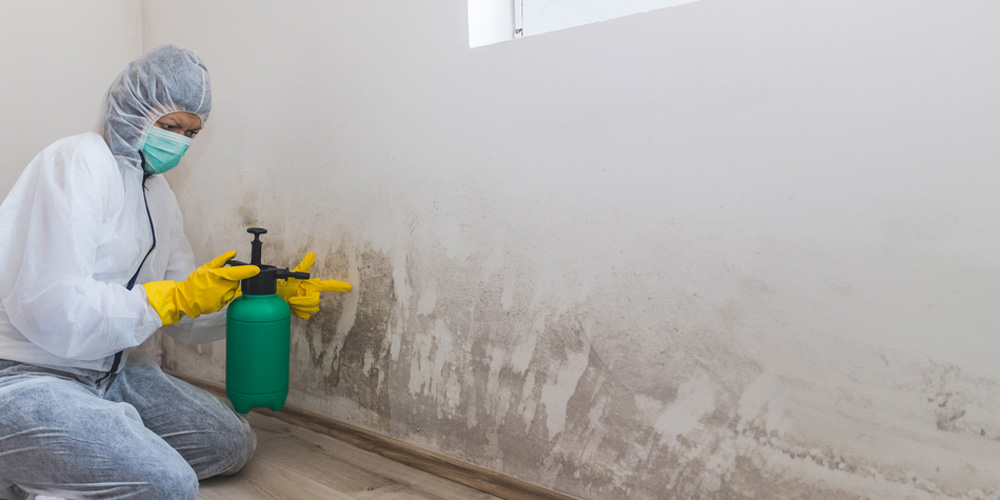
Prevention: Keeping Mold at Bay
Preventing mold growth is essential for homeowners and property managers. Below are the key strategies:
- Moisture Management: Use dehumidifiers or air conditioners to keep indoor humidity levels low, ideally between 30-50%. Quickly repair any leaks or water damage to prevent moisture buildup.
- Regular Inspections: Regulate routine inspections of the property, focusing on areas prone to moisture accumulation, such as bathrooms, kitchens, basements, and attics. Look for signs of water damage, including stains, discoloration, or musty odors, and address any issues promptly.
- Professional Waterproofing: Invest in professional waterproofing solutions for areas susceptible to water intrusion, such as basements or crawl spaces. This may include applying sealants or installing drainage systems to prevent moisture infiltration.
- Ventilation Improvements: Ensure adequate ventilation in bathrooms, kitchens, and other high-moisture areas by using exhaust fans or opening windows when possible. Proper ventilation decreases humidity levels and discourages mold growth.
- Regular Maintenance: Stay proactive with property maintenance tasks, such as cleaning gutters and repairing roof leaks. Also, seal the cracks or gaps in walls, windows, and doors. Regular upkeep helps to prevent water intrusion and maintain a dry indoor environment.
By implementing these preventive measures, homeowners and property managers can effectively keep mold at bay, safeguarding the property and promoting a healthy indoor environment for occupants.
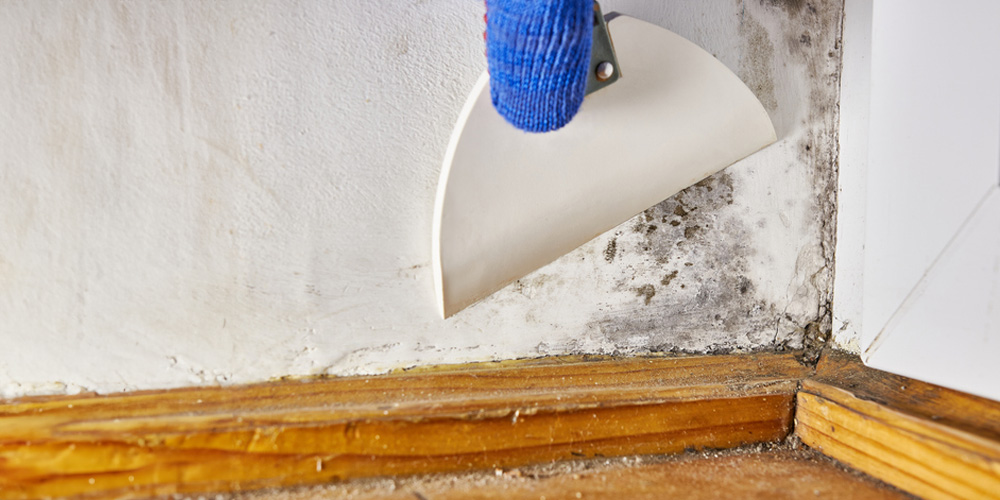
Safely eliminate mold and protect property health.
Mold poses significant risks to both property and human health. Safely addressing mold issues through proper removal practices and professional remediation services ensures peace of mind for property owners and occupants alike. Expertly addressing mold issues safeguards the property and its occupants and provides peace of mind, knowing that they’re effectively handling the problem.
Therefore, I encourage readers to prioritize the safety of their property by consulting with professionals for expert advice and service on safe mold removal practices in Kansas City. Property owners can ensure a healthy environment for themselves and their families by proactively addressing mold issues comprehensively.
References:
- Bueno, David Cababaro. (2019). Mold Growth Prevention and Pest Control Practices as Sensible Steps to a Healthier School Environment. https://doi.org/10.13140/RG.2.2.12421.70883.
- CDC (2022). Mold. Retrieved from https://www.cdc.gov/mold/default.htm.
- Wu, H., Ng, T. W., Wong, J. W., & Lai, K. M. (2018). Environmental Sustainability and Mold Hygiene in Buildings. International journal of environmental research and public health, 15(4), 681. https://doi.org/10.3390/ijerph15040681


